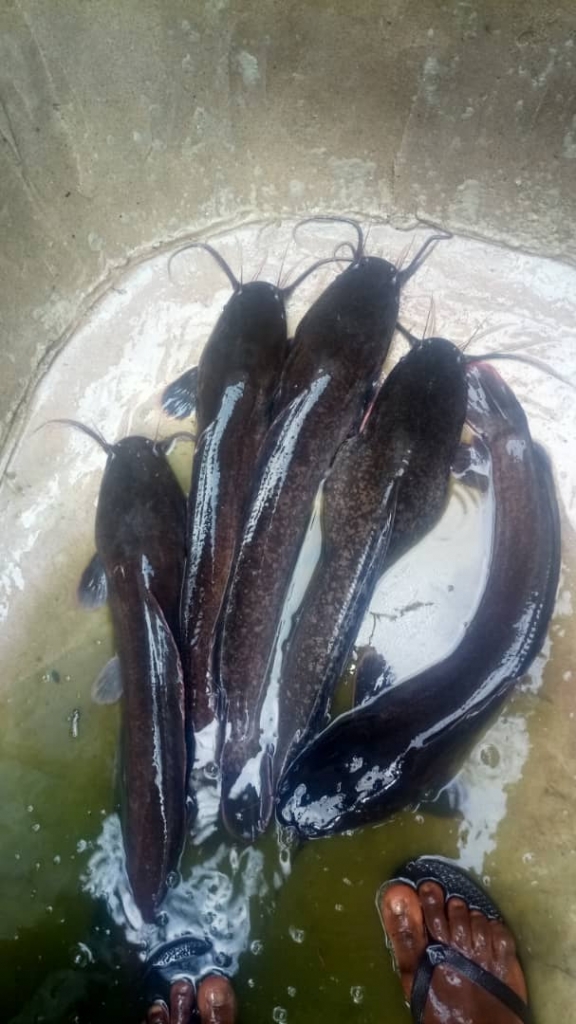Bacterial disease of fish

Bacterial diseases are responsible for heavy mortality in both wild and cultured fish.
Water, especially where organic loads are high, is an environment in which many bacteria could thrive.
In many fish diseases, bacteria have been found to be associated with the host, generally as secondary invaders and sometimes as primary causative agents.
Fin rot is caused by various bacteria within this group, including Cytophaga , Flexibacter, and Flavobacterium columnare.
The disease is favored often by a dirty tank, poor care, or exposure to other fish which have infectious diseases.
Fin rot affects both adults and young fish. In the early stage, the infection appears like a spreading white line on the margin of the fin, which eventually putrifies and disintegrates.
The fin rot may also cause your fish to become discolored and lethargic.
The disease may spread through contact and cause heavy damage.
Fin rot is also highly contagious and can spread to other fish within the tank. Therefore should be treated immediately it is diagnosed.
steps towards treatment
- Isolate the affected fish and put in a container with clean water
- Remove the other ones from the affected pond and keep in a separate container
- Drain the affected tank and wash thoroughly (with hot water) including all equipment such as nets.
- Once you have washed the tank thoroughly and let it air dry, fill with fresh clean water.
- You can slowly add the fish back into the tank, including the fish with fin rot. You may then add antibiotics to the tank water.
- Some farmers prefer treating the affected fish separately, but treatment must include the rest of the fish in the affected pond.
Prevention
Avoid overcrowding in the pond
Maintain a clean pond
Use high quality feed

